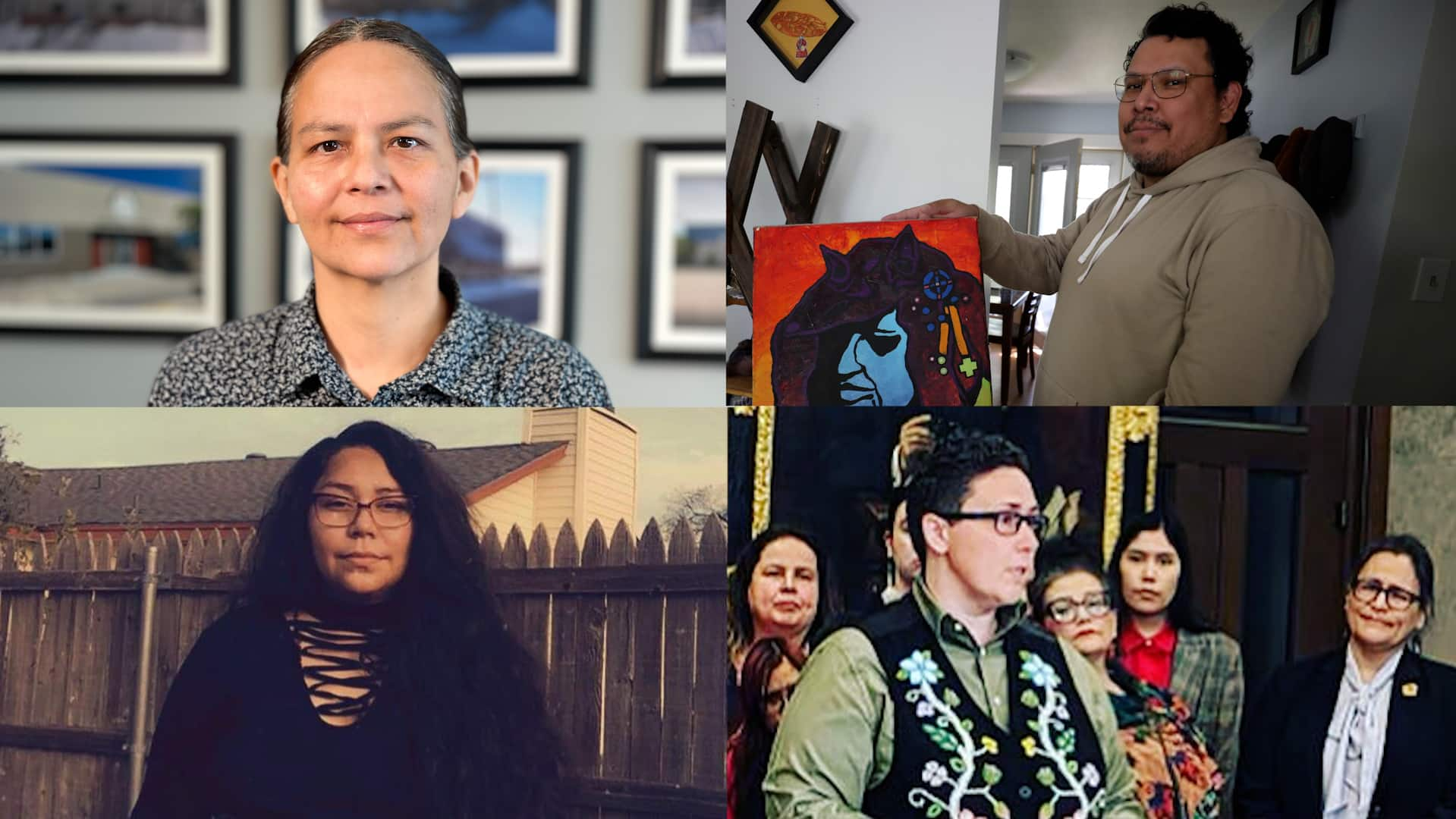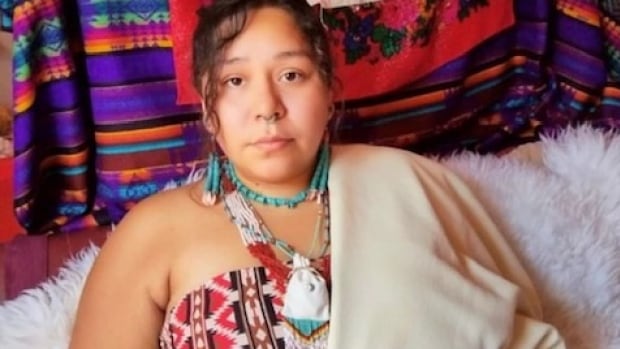
For Benny Michaud, learning how to explain their identity has been a lifelong journey.
Growing up in the Métis community of St. Boniface in Winnipeg, Michaud says they always knew they were neither a boy nor a girl, but finding the right words to help people understand how they view themselves has taken a lot of energy.
They refer to themselves as a tasta-ee-iniw, which means a person who is “in-between” in the Michif and Cree languages.
“For me, that’s a term that is really important, because I find that it allows that part of me that I value to be understood by other people,” says Michaud. “So, it helps to locate me within the many genders that exist in the world as being somebody that is not a woman and not a man, but someone that is sacred and that deserves a place within the circle and deserves to be respected as a sacred being among all other beings in Creation.”
In recent decades, many LGBTQ Indigenous people have begun using the umbrella phrase “two-spirit,” while others are embracing terms from their own nations, in their own languages.
Many Indigenous communities have their own terms for gender and sexual identity. Explore some of them here:
Traditionally, two-spirit people in Indigenous communities would fulfill various roles in society, and this still holds true in some places. Two-spirit people were caretakers of children and the elderly, medicine people, matchmakers, treaty negotiators, beaders and dancers.
Colonialism then introduced the idea that there are only two genders.
“Reclaiming space within the community is a really important part of the work that we’re trying to do, because the impact of colonialism has meant that in our communities, the myth of the gender binary — that there’s only two genders — is really pervasive,” says Michaud, the director of the Centre for Indigenous Support and Community Engagement at Carleton University. “And it’s impacted everything in our communities to the way that we interact with each other as human beings, to our ceremonies, to how we translate our languages into English.”
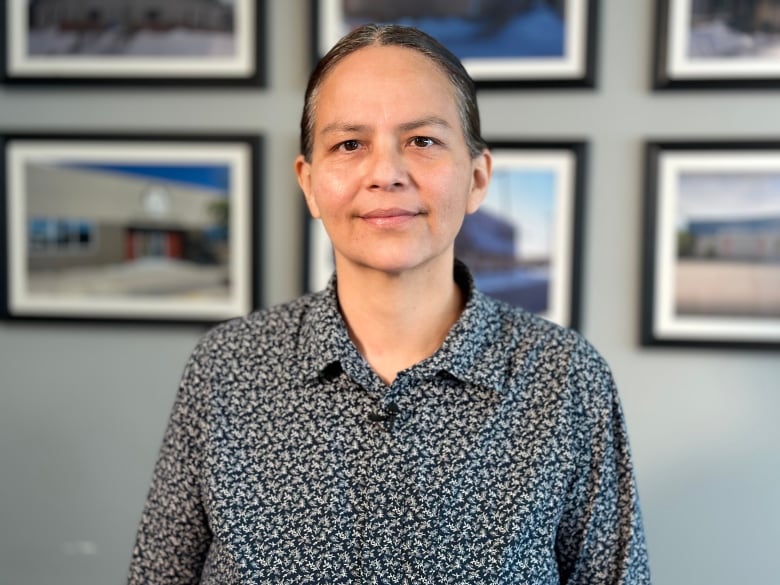
While living in Regina, Melody Wood began to understand the traditional way of life, and an Elder shared with her the term nāpēkan, which means “man-like” in Cree.
“One of the things that has been consistently shared with me is that our cultures, our way of life is embedded in the language,” says Wood, a nêhiyaw from Little Pine First Nation in Saskatchewan. “And to truly know and understand our cultures, we need to know the language.”
Wood now lives in Saskatoon, working at the Aboriginal Friendship Centres of Saskatchewan where she mentors two-spirit youth for OUTSaskatoon. She has spent most of her adulthood raising other people’s children — once a traditional role of two-spirit people in some Indigenous communities.
“I am pleased to know that I am taking on a traditional role, inadvertent as it was.”
WATCH | Indigenous people explain the terms they use to describe their identity, in their own language:
There’s more than ‘two-spirit’. Learn other ways Indigenous people refer to their gender identity.
The term “two-spirit” was first envisioned by Elder Myra Laramee, who proposed its use during the third annual Inter-tribal Native American, First Nations, Gay and Lesbian American Conference held in Winnipeg in 1990. It is a translation of niizh manidoowag in the Anishinaabe language.
Albert McLeod was there, too. Long thought of as a “granny” by two-spirit people in Manitoba — and across Canada — McLeod helped form one of the first queer Indigenous groups in the country: the Nichiwakan Native Gay Society, based out of Vancouver.
He says the term two-spirit “was that contribution to queer liberation around the world, but also our inclusion in Indigenous communities.”
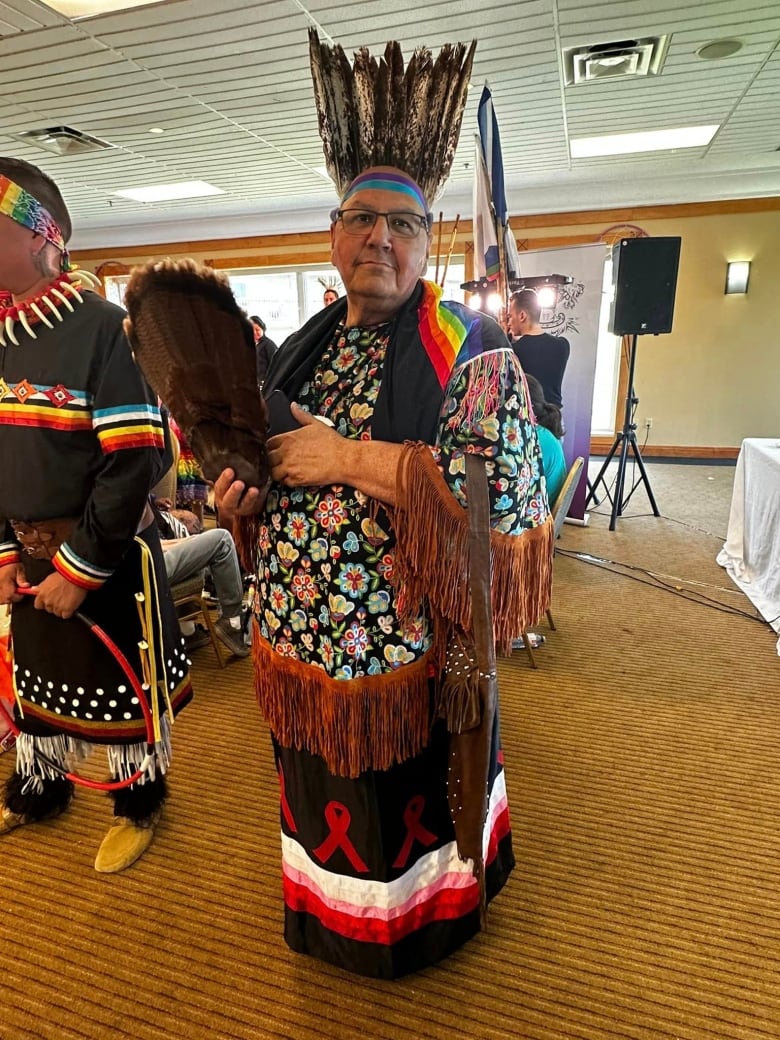
McLeod grew up in Manitoba and comes from a Scottish and Northern Cree background. He knew from an early age he was gay and found it hard to navigate society with his identity. At the time, he was surrounded by notions from the church that being gay was negative.
He felt there was no one he could talk to at home or at school, so he left at 19 in order to survive mentally and physically, he says.
At 67, he has since helped nurture many two-spirit people, creating and supporting surrogate families for those who haven’t found that loving environment at home.
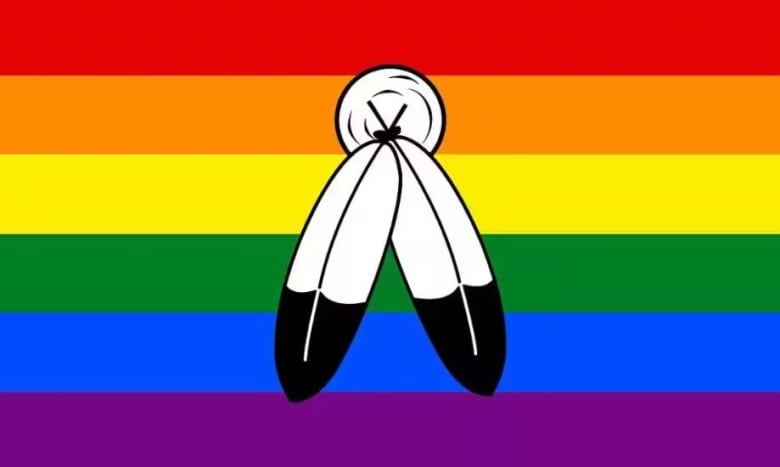
McLeod, who refers to himself as an “fabulous animate being,” points out that research has shown more than 150 Indigenous groups acknowledged more than two genders, and many had their own terms for people who identified as such.
But McLeod says because of the concentration of Indian Residential Schools and day schools on the Prairies, many of the traditional ways of describing Indigenous 2SLGBTQ people have been lost.
“What needs to happen is education of our knowledge keepers and our elders, our leaders in Indigenous organizations, our chiefs and council about that history and that loss, and we need to bring back that terminology.”
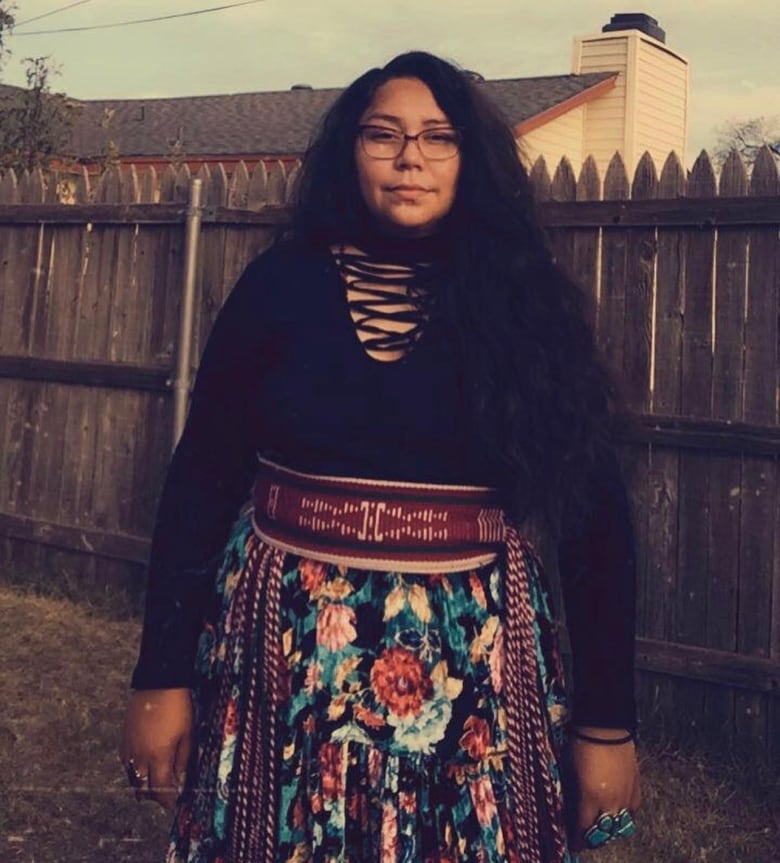
One of those terms is nadleehi, which means ‘the one that changes,’ in the Diné language of the Navajo Nation south of the border.
Siihasin Názbaa, a Diné two-spirit water protector who uses the term, says the nation believes all individuals should strive for a balance between the masculine and feminine energies.
But Názbaa has struggled in a body that they says is perceived as female but doesn’t function the way many think a woman’s would. They say when they would go see western doctors, they were told they were abnormal.
It was only when Názbaa went back to their home community, where nadleehi have always held a special place, were they met with understanding and acceptance. Názbaa says this experience was necessary for them to get back to their language and culture, and better understand their place in the world when it comes to their identity.
“We have a language that is inclusive of people who do not fit, like the colonial gender binary. We’ve always utilized that language to describe different things that in English become gendered,” says Názbaa.
“So, for me, that’s always been very beautiful because we have been able to retain and utilize terms that are gender neutral, terms that are inclusive to the way that people carry themselves versus the way that they look.”
Michaud reminds us that, historically, 2SLGBTQ people were respected in many Indigenous communities.
“We have a long way to go, I think, l before we’re at a place where people who are two-spirit can attend ceremonies and be in community spaces and not have to worry about being called out by somebody because they may not fit what is considered to be a gender norm,” Michaud says, “but we’re making headway.”
